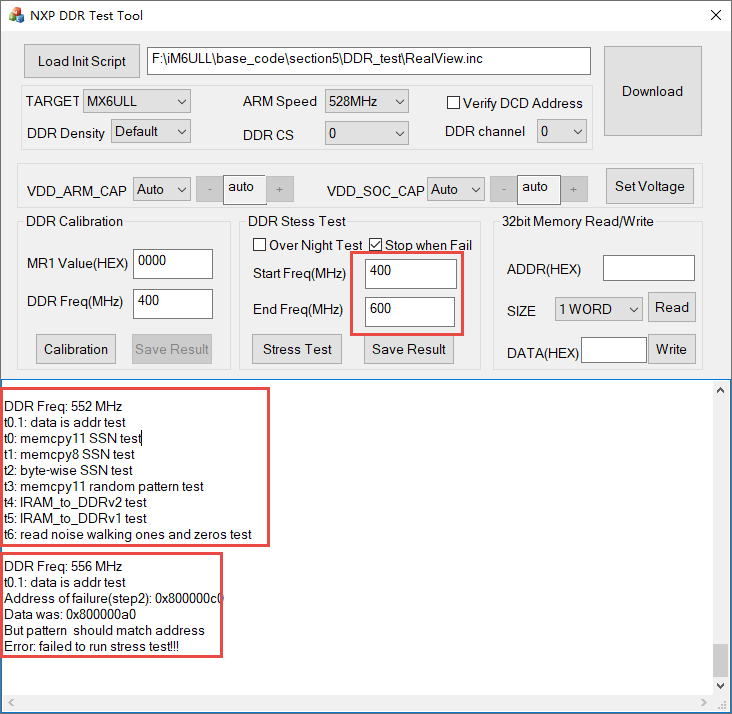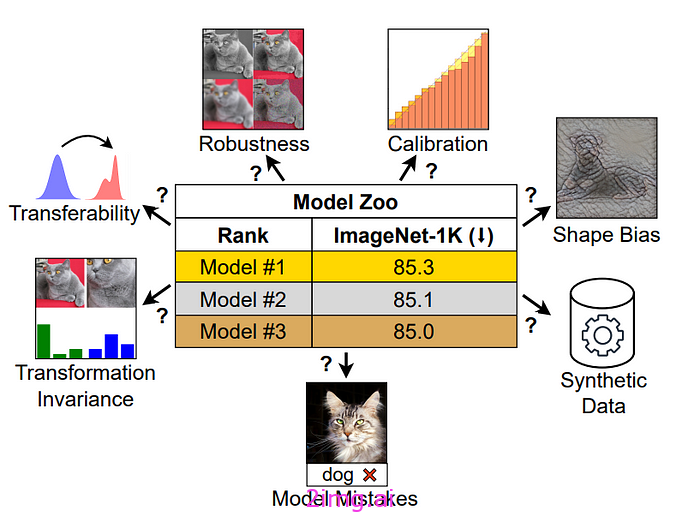任务
按照教程,将 MindSearch 部署到 HuggingFace 并美化 Gradio 的界面,并提供截图和 Hugging Face 的Space的链接。
创建开发机 & 环境配置
mkdir -p /root/mindsearch
cd /root/mindsearch
git clone https://github.com/InternLM/MindSearch.git
cd MindSearch && git checkout b832275 && cd ..
接下来,我们创建一个 conda 环境来安装相关依赖。
# 创建环境
conda create -n mindsearch python=3.10 -y
# 激活环境
conda activate mindsearch
# 安装依赖
pip install -r /root/mindsearch/MindSearch/requirements.txt
获取硅基流动 API Key
因为要使用硅基流动的 API Key,所以接下来便是注册并获取 API Key 了。
首先,我们打开 https://account.siliconflow.cn/login 来注册硅基流动的账号(如果注册过,则直接登录即可)。
在完成注册后,打开 https://cloud.siliconflow.cn/account/ak 来准备 API Key。首先创建新 API 密钥,然后点击密钥进行复制,以备后续使用。

启动 MindSearch
启动后端
由于硅基流动 API 的相关配置已经集成在了 MindSearch 中,所以我们可以直接执行下面的代码来启动 MindSearch 的后端。
export SILICON_API_KEY=第二步中复制的密钥
conda activate mindsearch
cd /root/mindsearch/MindSearch
python -m mindsearch.app --lang cn --model_format internlm_silicon --search_engine DuckDuckGoSearch
启动前端
在后端启动完成后,我们打开新终端运行如下命令来启动 MindSearch 的前端。
conda activate mindsearch
cd /root/mindsearch/MindSearch
python frontend/mindsearch_gradio.py
然后,我们在本地浏览器中打开 localhost:7882 即可体验啦。
部署到 HuggingFace Space
最后,我们来将 MindSearch 部署到 HuggingFace Space。
我们首先打开 https://huggingface.co/spaces ,并点击 Create new Space,如下图所示。

在输入 Space name 并选择 License 后,选择配置如下所示。

然后,我们进入 Settings,配置硅基流动的 API Key。如下图所示。

选择 New secrets,name 一栏输入 SILICON_API_KEY,value 一栏输入你的 API Key 的内容。

最后,我们先新建一个目录,准备提交到 HuggingFace Space 的全部文件。
# 创建新目录
mkdir -p /root/mindsearch/mindsearch_deploy
# 准备复制文件
cd /root/mindsearch
cp -r /root/mindsearch/MindSearch/mindsearch /root/mindsearch/mindsearch_deploy
cp /root/mindsearch/MindSearch/requirements.txt /root/mindsearch/mindsearch_deploy
# 创建 app.py 作为程序入口
touch /root/mindsearch/mindsearch_deploy/app.py
其中,app.py 的内容如下:
import json
import os
import gradio as gr
import requests
from lagent.schema import AgentStatusCode
os.system("python -m mindsearch.app --lang cn --model_format internlm_silicon &")
PLANNER_HISTORY = []
SEARCHER_HISTORY = []
def rst_mem(history_planner: list, history_searcher: list):
'''
Reset the chatbot memory.
'''
history_planner = []
history_searcher = []
if PLANNER_HISTORY:
PLANNER_HISTORY.clear()
return history_planner, history_searcher
def format_response(gr_history, agent_return):
if agent_return['state'] in [
AgentStatusCode.STREAM_ING, AgentStatusCode.ANSWER_ING
]:
gr_history[-1][1] = agent_return['response']
elif agent_return['state'] == AgentStatusCode.PLUGIN_START:
thought = gr_history[-1][1].split('```')[0]
if agent_return['response'].startswith('```'):
gr_history[-1][1] = thought + '\n' + agent_return['response']
elif agent_return['state'] == AgentStatusCode.PLUGIN_END:
thought = gr_history[-1][1].split('```')[0]
if isinstance(agent_return['response'], dict):
gr_history[-1][
1] = thought + '\n' + f'```json\n{json.dumps(agent_return["response"], ensure_ascii=False, indent=4)}\n```' # noqa: E501
elif agent_return['state'] == AgentStatusCode.PLUGIN_RETURN:
assert agent_return['inner_steps'][-1]['role'] == 'environment'
item = agent_return['inner_steps'][-1]
gr_history.append([
None,
f"```json\n{json.dumps(item['content'], ensure_ascii=False, indent=4)}\n```"
])
gr_history.append([None, ''])
return
def predict(history_planner, history_searcher):
def streaming(raw_response):
for chunk in raw_response.iter_lines(chunk_size=8192,
decode_unicode=False,
delimiter=b'\n'):
if chunk:
decoded = chunk.decode('utf-8')
if decoded == '\r':
continue
if decoded[:6] == 'data: ':
decoded = decoded[6:]
elif decoded.startswith(': ping - '):
continue
response = json.loads(decoded)
yield (response['response'], response['current_node'])
global PLANNER_HISTORY
PLANNER_HISTORY.append(dict(role='user', content=history_planner[-1][0]))
new_search_turn = True
url = 'http://localhost:8002/solve'
headers = {'Content-Type': 'application/json'}
data = {'inputs': PLANNER_HISTORY}
raw_response = requests.post(url,
headers=headers,
data=json.dumps(data),
timeout=20,
stream=True)
for resp in streaming(raw_response):
agent_return, node_name = resp
if node_name:
if node_name in ['root', 'response']:
continue
agent_return = agent_return['nodes'][node_name]['detail']
if new_search_turn:
history_searcher.append([agent_return['content'], ''])
new_search_turn = False
format_response(history_searcher, agent_return)
if agent_return['state'] == AgentStatusCode.END:
new_search_turn = True
yield history_planner, history_searcher
else:
new_search_turn = True
format_response(history_planner, agent_return)
if agent_return['state'] == AgentStatusCode.END:
PLANNER_HISTORY = agent_return['inner_steps']
yield history_planner, history_searcher
return history_planner, history_searcher
with gr.Blocks() as demo:
gr.HTML("""<h1 align="center">MindSearch Gradio Demo</h1>""")
gr.HTML("""<p style="text-align: center; font-family: Arial, sans-serif;">MindSearch is an open-source AI Search Engine Framework with Perplexity.ai Pro performance. You can deploy your own Perplexity.ai-style search engine using either closed-source LLMs (GPT, Claude) or open-source LLMs (InternLM2.5-7b-chat).</p>""")
gr.HTML("""
<div style="text-align: center; font-size: 16px;">
<a href="https://github.com/InternLM/MindSearch" style="margin-right: 15px; text-decoration: none; color: #4A90E2;">🔗 GitHub</a>
<a href="https://arxiv.org/abs/2407.20183" style="margin-right: 15px; text-decoration: none; color: #4A90E2;">📄 Arxiv</a>
<a href="https://huggingface.co/papers/2407.20183" style="margin-right: 15px; text-decoration: none; color: #4A90E2;">📚 Hugging Face Papers</a>
<a href="https://huggingface.co/spaces/internlm/MindSearch" style="text-decoration: none; color: #4A90E2;">🤗 Hugging Face Demo</a>
</div>
""")
with gr.Row():
with gr.Column(scale=10):
with gr.Row():
with gr.Column():
planner = gr.Chatbot(label='planner',
height=700,
show_label=True,
show_copy_button=True,
bubble_full_width=False,
render_markdown=True)
with gr.Column():
searcher = gr.Chatbot(label='searcher',
height=700,
show_label=True,
show_copy_button=True,
bubble_full_width=False,
render_markdown=True)
with gr.Row():
user_input = gr.Textbox(show_label=False,
placeholder='帮我搜索一下 InternLM 开源体系',
lines=5,
container=False)
with gr.Row():
with gr.Column(scale=2):
submitBtn = gr.Button('Submit')
with gr.Column(scale=1, min_width=20):
emptyBtn = gr.Button('Clear History')
def user(query, history):
return '', history + [[query, '']]
submitBtn.click(user, [user_input, planner], [user_input, planner],
queue=False).then(predict, [planner, searcher],
[planner, searcher])
emptyBtn.click(rst_mem, [planner, searcher], [planner, searcher],
queue=False)
demo.queue()
demo.launch(server_name='0.0.0.0',
server_port=7860,
inbrowser=True,
share=True)
在最后,将 /root/mindsearch/mindsearch_deploy 目录下的文件(使用 git)提交到 HuggingFace Space 即可完成部署了。
Github Codespace
还可以使用Codespace,同样的操作上传到hf

cd /workspaces/codespaces-blank
git clone https://huggingface.co/spaces/<你的名字>/<仓库名称>
# 把token挂到仓库上,让自己有写权限
git remote set-url space https://<你的名字>:<上面创建的token>@huggingface.co/spaces/<你的名字>/<仓库名称>
现在codespace就是本地仓库,huggingface space是远程仓库,接下来使用方法就和常规的git一样了。
cd <仓库名称>
# 把刚才准备的文件都copy进来
cp /workspaces/mindsearch/mindsearch_deploy/* .

注意mindsearch文件夹其实是Mindsearch项目中的一个子文件夹,如果把这个Mindsearch的整个目录copy进来会有很多问题(git submodule无法提交代码,space中项目启动失败等)。
最后把代码提交到huggingface space会自动启动项目。
git add .
git commit -m "update"
git push
结果
huggingface space的链接是https://huggingface.co/spaces/wuzhongyanqiu/mindsearchhf




















